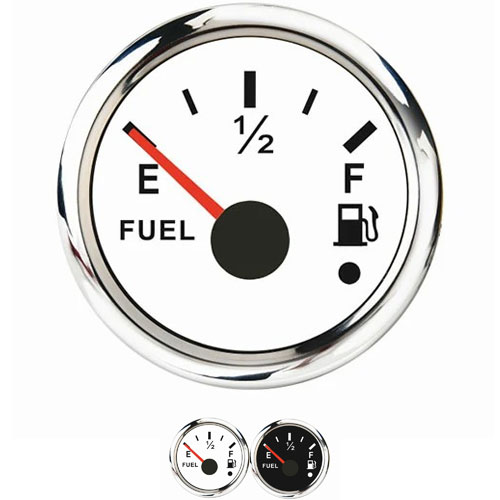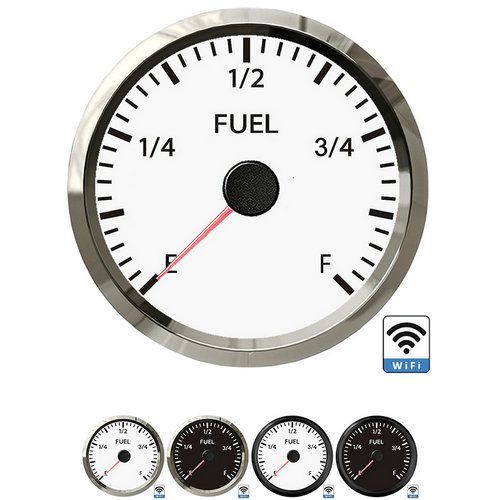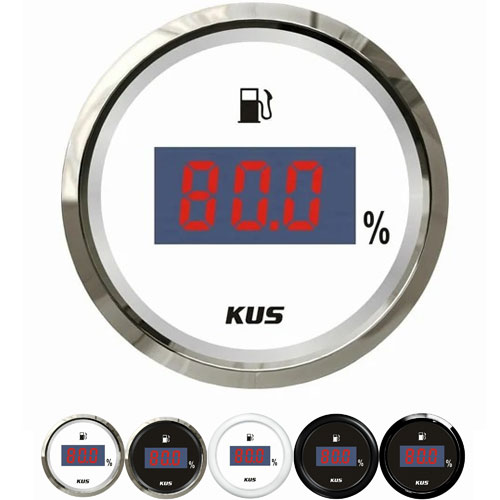gm fuel level gauge not working
The solutions to the malfunction of the automobile fuel gauge are as follows:
1 first disconnect the ignition switch and check the wires from the fuel gauge sensor to the central circuit board and from the central circuit board to the instrument panel for open circuit or short circuit.
2 Determine which component the fault occurred in. If the wiring is good, it indicates that there is a fault in the components of the instrument circuit. At this time, it is necessary to judge whether the fault occurs in the instrument voltage regulator or the indicator or sensor. Remove the instrument panel, turn on the ignition switch, and test the voltage between terminal A and terminal B of the instrument regulator
The normal value of output voltage between should be 9.5 ~ 105v. If the output voltage of the voltage regulator is lower than 9.5v or higher than 10.5V or there is no output voltage, it needs to be higher
Replace the voltage regulator; If the output voltage of the voltage regulator is normal, the fault occurs in the fuel indicator or sensor.The general method to distinguish between indicator and sensor faults is to use external resistance instead of sensor resistance for detection and discrimination. The specific method is to remove the wire on the sensor signal output terminal. When 50 Ω resistance is connected, the indicator shall indicate that the oil tank is full. When 560 Ω resistance is connected
The indicator shall indicate that there is no oil in the oil tank. If the indication of the indicator is correct, it indicates that the sensor is faulty; otherwise, it indicates that the fuel indicator is faulty
It should be repaired or replaced.
3 When repairing the sensor fault, check whether the resistance value of the fuel sensor is consistent with the above standard value according to the fuel storage capacity of the fuel tank. If it is inconsistent with the standard value, replace the sensor.Troubleshooting of abnormal indication of fuel gauge when the pointer of the fuel indicator jumps or stays at a certain scale, it is usually caused by poor contact between the sliding contact piece inside the sensor and the variable resistance or oxidation and corrosion of the rheostat. Replace the fuel sensor during maintenance.
 English
English 






Get a Quote / Info